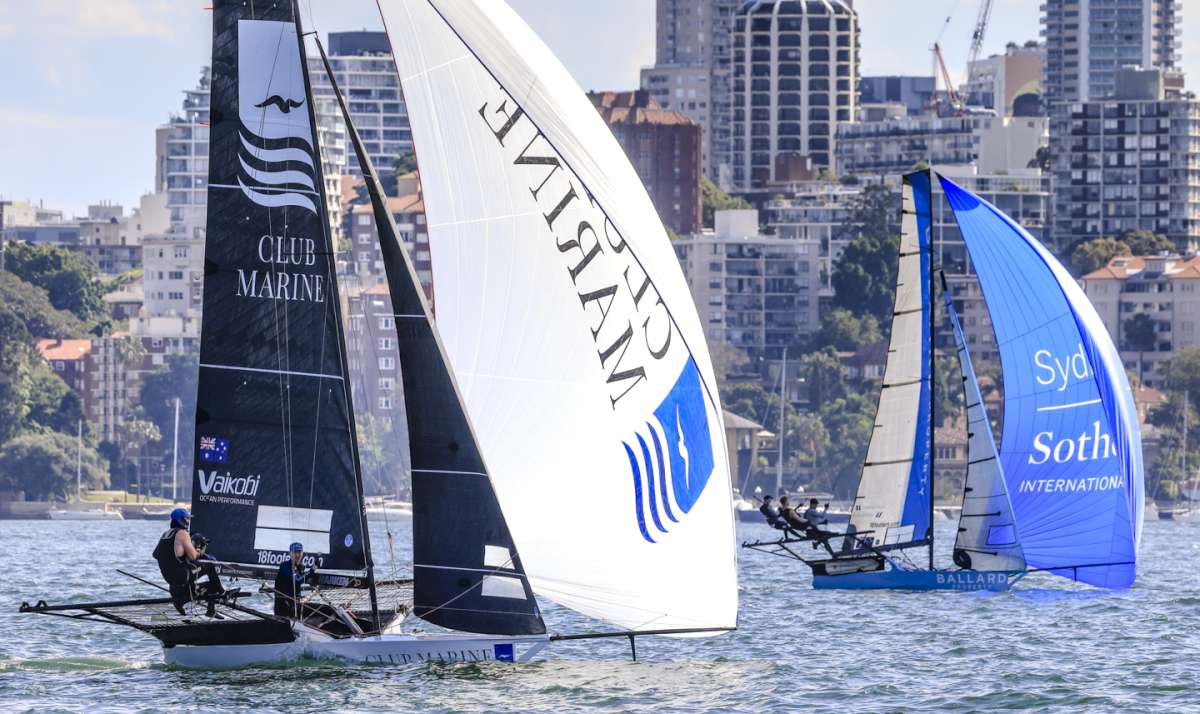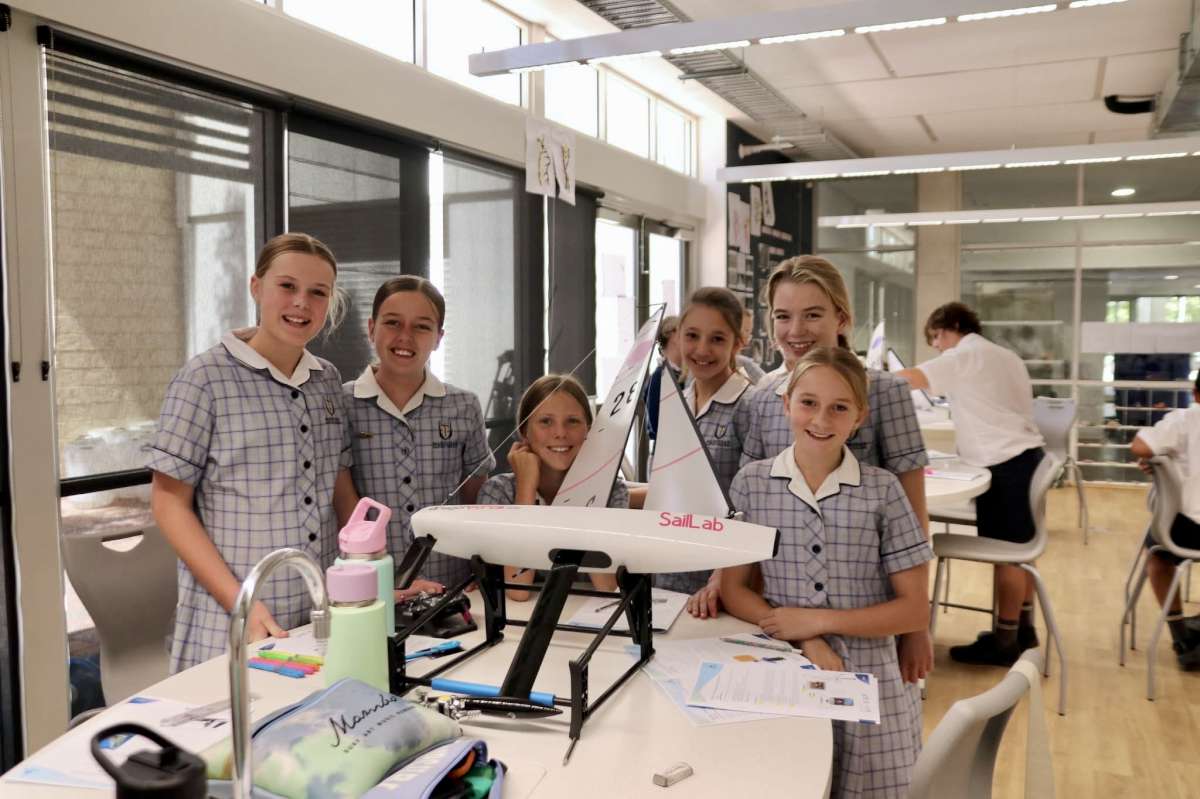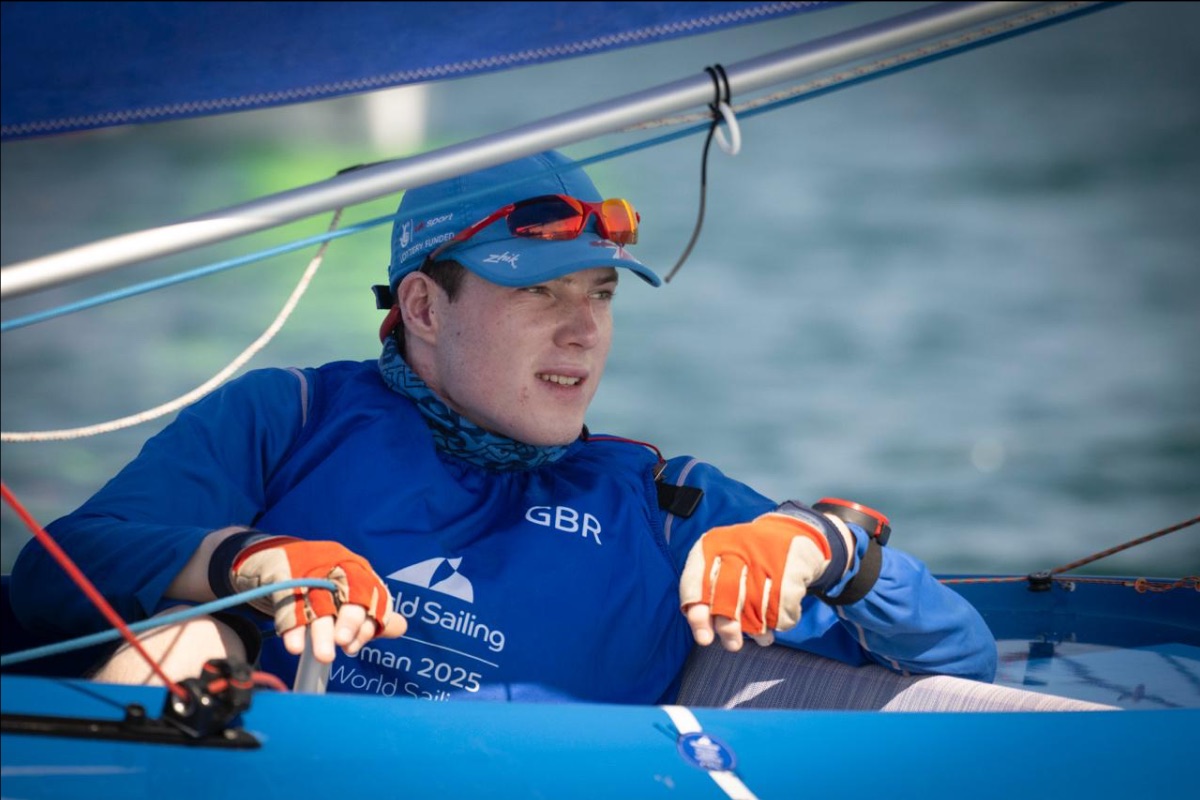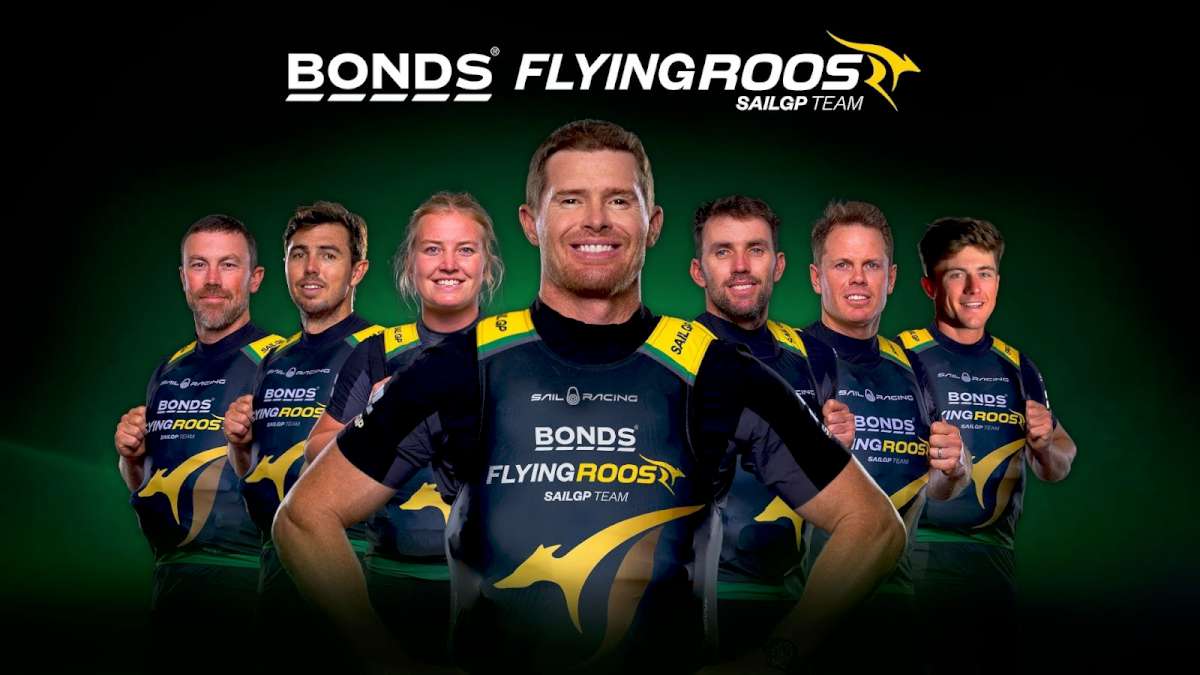|
Deauville on the French channel coast dealt the 39 solo skippers who set off on the 510-nautical mile first stage of the Solitaire Bompard Le Figaro a slow, sticky and exacting start this afternoon. Light and streaky breezes made the traditional 5-mile preliminary loop to the Radio France buoy a gentle drift. |
|
With less than 5kts of wind at times, speeds were pedestrian as the fleet fanned out at the start gun. The honours at the Radio France buoy, usually the last turning mark visible to watching spectators onshore, are largely immaterial on what promises to be a complicated and challenging opening stage to the four-leg championship. The course takes the fleet across the Channel, 70miles north to the Owers cardinal mark which lies to the east of the Isle of Wight. The leaders are expected to turn west there in the small hours of the morning as they embark upon a punishing 200-mile upwind leg to Wolf Rock – just 8 miles southwest of Land’s End. Then they retrace their route all the way east to Cowes, heading to the leg finish from the east through No Man’s Land Fort and Horse Sands Fort. More often than not the skippers will have a rough strategy at least for the first 36 hours of their race – each stage is usually 48-72 hours long – but many who spoke on the dock at Deauville this morning said the main weather forecasting models were in conflict with each other so there was very little that they could be sure of. The biggest meteorological variation concerns the return passage from Wolf Rock. One model has a downwind passage in a fading breeze; the other suggests an upwind return to follow the beat all the way there. But the models agree on a muscular upwind thrash to Wolf Rock with winds of over 20kts, a cold front to negotiate, and bouncy swell of 1.5 to 2 metres. The passage along the south coast of England is one of offshore racing’s most travelled but challenging routes. The tidal coefficient – the difference in height between high and low tide – is high this week and the consequent strong tidal flow will make for significant compression and expansion when the breezes are weak. Tidal gates – where contrary tides can slow the 33ft Figaros to just one or two knots – are at, successively, St Catherine’s Point off the southern tip of the Isle of Wight, St Albans Head at Swanage, Dorset, Portland Bill west of Weymouth, Lizard Point and Start Point by Plymouth. Similarly the strong tidal flow will kick up nasty waves and overfalls in these areas especially when flowing against the wind direction. For all that, there are many dark secrets – eddies and counter-eddies close to the shores where the tides turn early to take advantage of. But among both English and French skippers alike, all agree that there is no such thing as local knowledge advantage for ‘Les Rosbifs’ racing in their own backyard. Most of the leading French exponents have raced this coast as often, if not more often, than their British counterparts, many of whom have come to Solitaire Bompard Le Figaro, the pinnacle solo offshore event – from a dinghy racing background. That said most British skippers of the Artemis Offshore Academy sailed the whole course on a reconnaissance training mission earlier in the year, working to the same pattern of tide times. “It looks really tricky. The first 12 hours after the start could dictate a lot of how the leg to Wolf Rock, at least, plays out and so there is pressure from the start,” explained British skipper Sam Matson (Chatham) who is aiming to break into the top-10 overall for the first time. “But the forecasts don’t really agree with each other and so you really need to pick which one you believe. It will not so much be about strategy but managing the risks and managing yourself, sailing to the known tidal gates and sailing the fleet rather than looking for wind shifts that may not come. “The headlands along the south coast will be tough. They are massively tidal and will cast a wind shadow. Get stuck in a wind hole near one of those and you’ll be in difficulty. In the past it’s been quite gnarly going along that stretch with this race and I’d rather it was going to be a big old windy blast off, but unfortunately it’s not looking that way.” They said : Anthony Marchand (Ovimpex – Secours Populaire) : “The wind will build tonight and there will be sail changes a-plenty. We should get to Owers during the night and then the wind will ease a bit and along the English coast the game will open up a bit.” Alan Roberts (Alan Roberts Racing) : “I'm happy to be here again this year. It is exciting to be going out to measure all that I have learned and progressed this last year. I am very motivated even although I know this first night will be difficult. And we really don’t know what to expect on the passage to Wolf Rock. I am not really any more experienced racing along the English coast than many of the French competitors but it is nice to be in our ‘back yard’ and that will give me added energy.” Mary Rook (Artemis 23): “My biggest challenge will be managing myself and how much energy I put into the race. I want to still be in the game and feeling fit by the end. I hope I’ll be in a position where I have enough energy to push the boat and also make decisions for myself and sail my own race, but it will be hard to know when to push myself and when to race.” Nick Cherry (Redshift): “Although the weather forecast pre-race has been changeable there are some things that are certain. It’s going to be quite windy and there will be a southwesterly along the south coast of England. The start will be a bit unclear; there may or may not be a sea breeze coming from Le Havre, but this will then affect our timing getting to Owers which means there is still potential to go through the Solent. While that would be incredibly fun, it’s a pretty scary option unless the whole fleet do it. “Getting to Wolf Rock should be quite fast and take a couple of days, but it’s looking pretty light on the way back towards Cowes. We’re still quite a long way out from that though and it could change. There are going to be plenty of pitfalls in this leg with light winds and tide, and the fleet could well be quite spread out. It’s going to be long and it’s going to be difficult.”
|
























